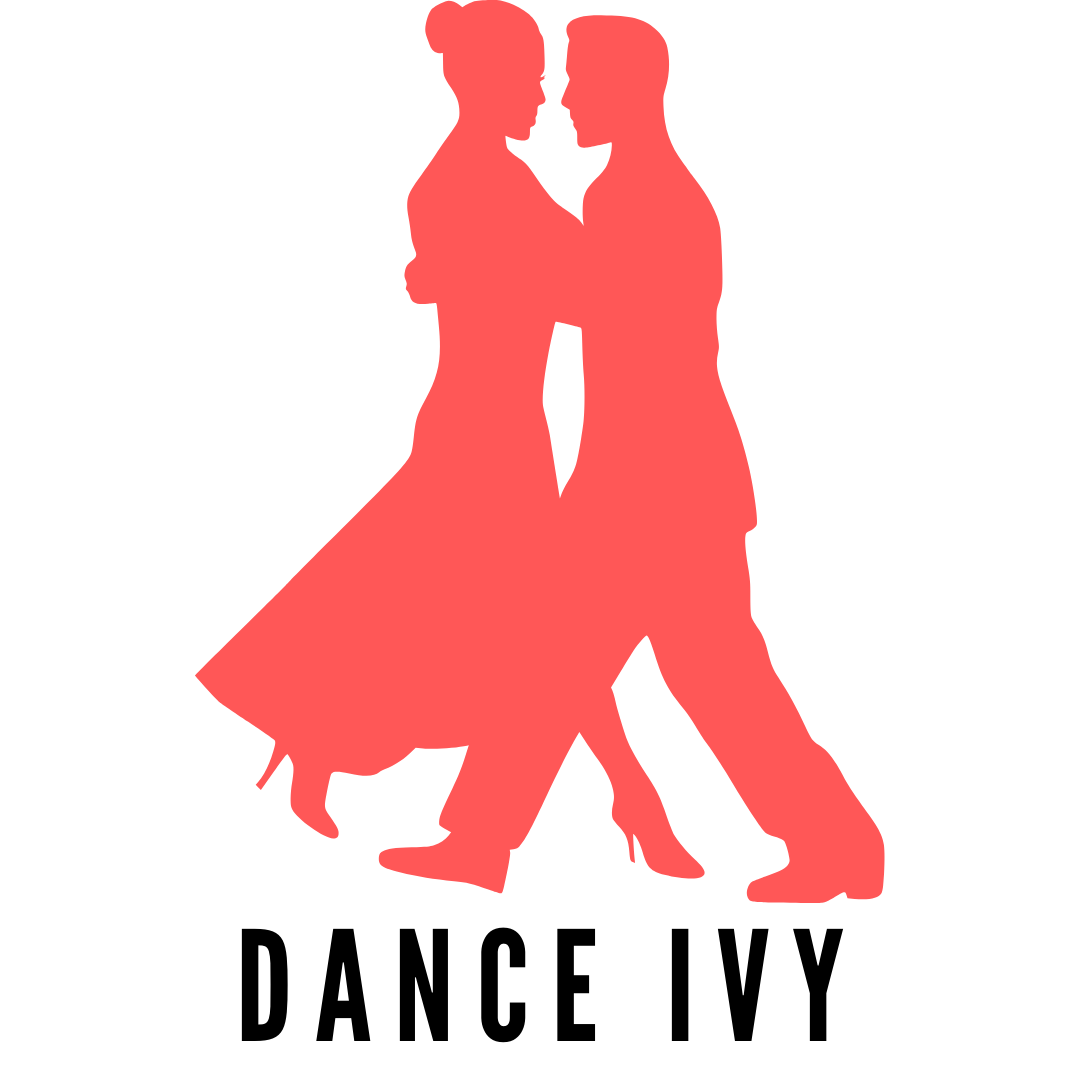
As someone who has been a fan of K-pop since 2013, I noticed a change and shift in K-pop choreographies. You can easily spot the change in dance covers going from simple and low-budget to flashier ones in studios and even the rise of ‘K-Pop in Public’ style covers. Essentially, cover dances are another reason that choreography has become an important part of the K-pop product.
As dance experts have pointed out from YouTube reaction videos, performance or choreography videos make it easier for the audience to focus on the stage performance itself. Let’s take a look at the evolution of K-pop choreographies over the years.
Late 80’s - First Generation of K-pop
The first generation of K-pop groups started in the late nineties, 소방차 (SoBangCha, literally translates to fire truck) is the oldest and first K-pop group in history, marking the start of a new era of music. By the start of the 1990s, there was a strong presence of K-pop groups that captivated the public with their catchy songs and dance.
A signature that you can see from these groups is the emphasis on larger yet simple movements. This mostly stemmed from the fact that companies were highly focused on engaging performance with emphasis on live vocal performances.
The earliest example of popular girl group choreography would be "I’m Your Girl" by S.E.S, a trio formed by SM Entertainment.
Video: https://www.youtube.com/watch?v=ZlRYeom9Szc
From the stage performance, you can tell that the singers did minimal but memorable dance movements and that the chorus choreography (which you can see is covered by younger idols for covers, you can view an example here).
Whereas for boy groups, there was a clearer distinction between bigger and stronger movements. Amongst groups like H.O.T and Sechs Kies, Seo Taiji and Boys brought into K-pop the combination of pop lyrics with hip hop and breakdancing.
Video: https://www.youtube.com/watch?v=JKK0UEu4Q5g
Start of Hallyu Wave - Second Generation of K-pop
Following the success of K-pop, the newer generation of K-pop focused a lot on bringing across the group concept and song through their choreography.
It was during the early 2010s that entertainment companies started to share dance practice videos. Popular groups under SM Entertainment brought about the popularity of dance practice videos.
There was also a distinct structure in the songs that ensured a dance break during the bridge of the song to highlight the group’s capabilities.
During this era, fans could search for dance tutorials made by other fans to break down the dance moves, bringing together the fan community through K-pop choreography. Distinguishable choreographies of the era include the following:
Girls Generation - The Boys: https://www.youtube.com/watch?v=7qnjSWtbuMg
The girl group is known for their well-thought-out choreographies that constantly matched their song concept.
Infinite - Before The Dawn: https://www.youtube.com/watch?v=I7JkYDH_j7o
This boy group is celebrated as one of the most synchronized groups of this era. They were also recognized for their ability to do a difficult move as one, as what they termed the move in Korea, the ‘Scorpion’.
PSY - Gangnam Style : https://www.youtube.com/watch?v=1T6utlXm6dM
A song that took the world by storm, Gangnam Style is the perfect representation of a catchy choreography that got everyone in the world to know the movements of the song. You can also find our best YouTube channels to learn K-pop dancing
Third Generation of K-pop
Synchronized choreography became of importance for this generation of K-pop. Each entertainment also started to grow a unique identity when it comes to the choreography. If each of these pieces of entertainment were to be given one word to describe it, SM is clean, YG is swagger, JYP is catchy, whereas Big Hit (currently HYBE) is strength.
Maintaining the structure of a small dance break during the song, TWICE brought about the ability to give the spotlight to a singular member during the highlight.
Performance videos also gained newer recognition with the popularization of one-take choreography videos. Groups that brought about this trend probably have to be credited to both BTS and EXO. You can watch BTS ‘Dope’ and EXO ‘Growl’ to see how the music video itself was mainly focused on their choreography.
As K-pop reached a new peak worldwide, instead of simply sticking to their in-house choreography teams, companies started to give recognition to dancers beyond South Korea to choreograph for their groups.
Some of the choreographers include Koharu Sugawara (Taemin - Solitary Goodbye/ Move), Keone Madrid (BTS - Dope/ Fire), and Rie Hata (BTS - Anpanman, NCT U - Boss).
2022 - Current K-pop
Companies begin to see the value in promoting their groups through a well-produced choreography which is just as effective as other promotions. This is translated into higher intensities and difficult techniques used in choreographies for the current generation of K-pop groups. Apart from a more intense performance, dance reviews often mention the increase in the difficulties by comparing them to dance competition pieces.
As the previous generation brought popularity by bringing in well-known dancers to choreograph K-pop performances, the audience is in for a treat to flashier performances. More choreographies use a blend of various choreographers’ work to optimize the performance of the song.
A great example of this is ENHYPEN’s Drunk Dazed. Through a video with the choreographer Nick Joseph on STEEZY, you get a breakdown of how the choreography was created and discuss how the choreography was a team effort to bring about the song and highlight the members well.
As the industry continues to grow, I am excited to see the types of choreography the industry will bring. Although it can be described as losing the essence of the K-pop identity, I believe that K-pop helped to grow the dance scene both within Korea and worldwide.
It is also fun to see the growth of the singers when it comes to seeing how they improve in their execution. You can also read our various posts on K-pop such as dances to lose belly fat and lose weight.
